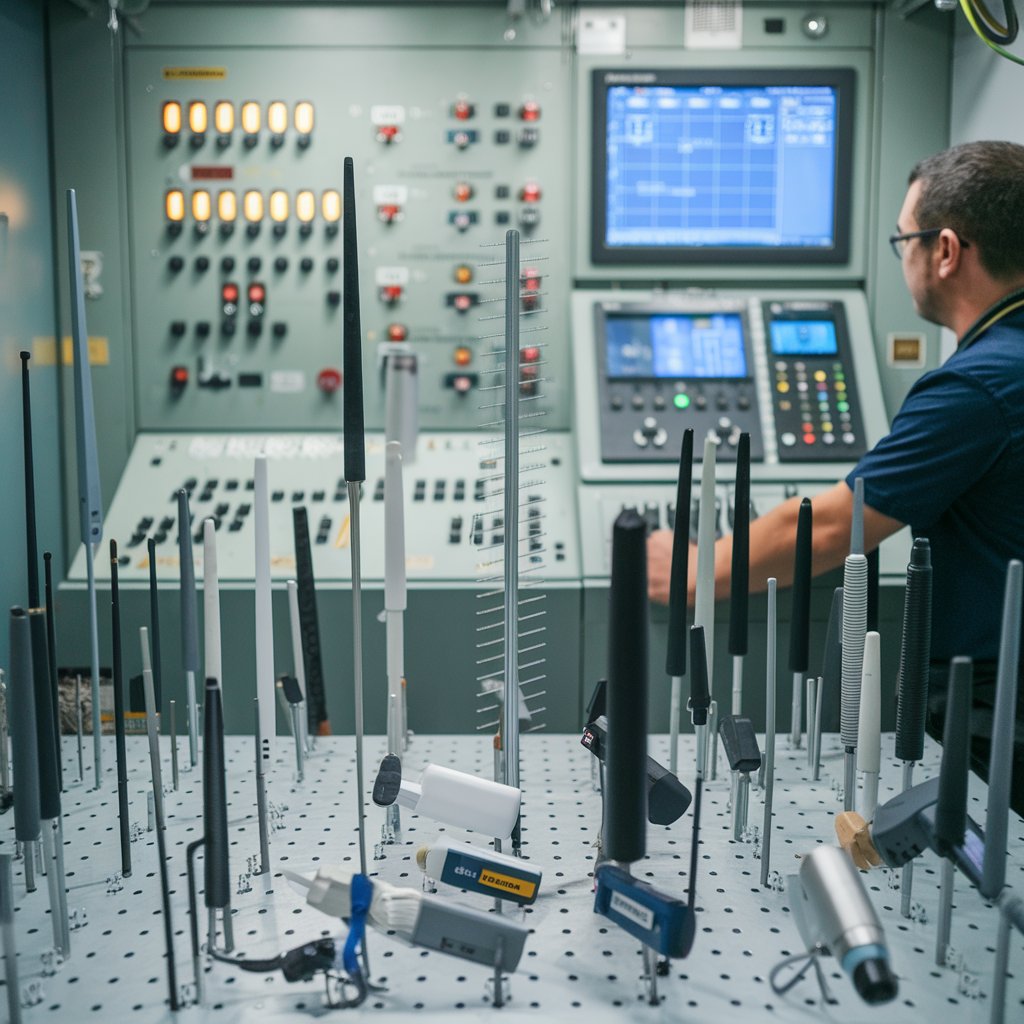As the demand for wireless devices continues to surge, Over-The-Air (OTA) testing has become increasingly vital in ensuring device performance, reliability, and security. The integration of Artificial Intelligence (AI) and Machine Learning (ML) into OTA testing processes is revolutionizing the industry, offering innovative solutions that enhance efficiency and accuracy. This article explores the role of AI and ML in OTA testing, along with future trends, investment opportunities, and practical applications.
The OTA Testing market is expected to reach USD 3.17 billion by 2029, up from USD 2.23 billion in 2024, at a CAGR of 7.3% from 2024 to 2029.Rising demand for wireless consumer devices, growing adoption of 5G technology, expansion of the Internet of Things (IoT) ecosystem, and stringent regulatory requirements for wireless devices are some of the major factors contributing to the growth of the OTA testing market. Moreover, opportunities such as advancements in autonomous vehicles, growth in smart city initiatives and infrastructure, advancements in millimeter wave (mm-wave), and massive mimo technologies drive the market growth.
Enhancing Efficiency Through AI and ML
Intelligent Automation
AI and ML algorithms can automate various aspects of OTA testing, reducing the need for manual intervention. This includes:
Test Case Generation: AI can analyze historical data to identify common failure points, enabling the automatic generation of relevant test cases. This not only speeds up the testing process but also ensures comprehensive coverage.
Anomaly Detection: Machine learning algorithms can learn from vast amounts of testing data to identify patterns and detect anomalies. This allows for early identification of potential issues that may not be apparent through traditional testing methods.
Predictive Analytics
By leveraging AI and ML, OTA testing can incorporate predictive analytics, which helps stakeholders anticipate issues before they arise. For example:
Performance Predictions: Machine learning models can predict how devices will perform under different conditions based on historical data, allowing manufacturers to make data-driven decisions and optimize device design.
Failure Rate Forecasting: By analyzing trends and patterns, AI can predict failure rates of devices in real-world scenarios, enabling manufacturers to proactively address potential weaknesses.
Download PDF Brochure @
https://www.marketsandmarkets.com/pdfdownloadNew.asp?id=168439990

Future Trends in AI and ML for OTA Testing
The future of OTA testing is promising, with AI and ML expected to play increasingly significant roles. Key trends include:
Real-Time Testing and Monitoring: As devices become more interconnected, real-time OTA testing powered by AI will become crucial. This will enable continuous performance monitoring and immediate response to any detected issues.
Enhanced User Experience: AI-driven insights will allow manufacturers to optimize user experiences by tailoring OTA updates based on user behavior and preferences, ensuring that devices function optimally in various conditions.
Self-Learning Systems: Future OTA testing systems will increasingly utilize self-learning algorithms that adapt and improve based on the data they collect over time. This will lead to more efficient testing processes and better device performance.
Investment Opportunities in AI and ML for OTA Testing
The integration of AI and ML into OTA testing presents lucrative investment opportunities for stakeholders. Potential areas for investment include:
AI-Driven Testing Solutions: Investing in companies that develop AI-based testing platforms can yield high returns as demand for automated and intelligent testing solutions grows.
Data Analytics Firms: Companies specializing in data analytics and predictive modeling will be crucial in the OTA testing landscape. Investing in these firms can provide insights into performance trends and user behavior.
Cybersecurity Solutions: With increasing connectivity comes the need for robust security measures. AI and ML can enhance security testing for OTA updates, making investments in this space particularly attractive.
Research and Development: Funding R&D initiatives that explore new AI and ML applications in OTA testing can lead to groundbreaking innovations that drive the market forward.
Applications of AI and ML in OTA Testing
The application of AI and ML in OTA testing industry is diverse and impactful, with several key areas benefiting significantly:
Firmware and Software Validation:
AI algorithms can analyze the impact of firmware updates on device performance, ensuring that new versions do not introduce vulnerabilities or degrade functionality.
Load and Stress Testing:
Machine learning can simulate real-world usage scenarios, allowing manufacturers to assess how devices perform under various load conditions and identify potential bottlenecks.
Security Testing:
AI can enhance security assessments by identifying vulnerabilities in software updates and detecting unusual patterns that may indicate cyber threats, ensuring devices remain secure.
User Behavior Analysis:
By analyzing user data, AI can help manufacturers understand how consumers interact with their devices, guiding the development of more user-friendly software updates and features.
The integration of AI and Machine Learning into Application of OTA testing is reshaping the landscape of wireless device validation and performance assurance. With the promise of enhanced efficiency, predictive analytics, and improved user experiences, these technologies are set to play a pivotal role in the future of OTA testing. As industries increasingly recognize the importance of these innovations, investment opportunities will arise, making it a compelling space for stakeholders. By harnessing the power of AI and ML, businesses can not only improve their testing processes but also deliver higher-quality, more reliable products to the market.
